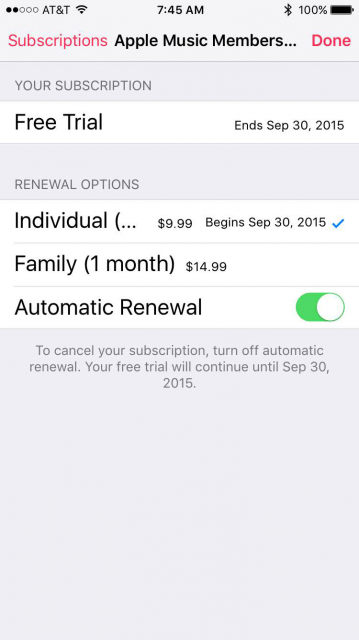Kirk McElhearn, writing for Macworld:
A friend recently showed me an iOS app called SoundShare. This free app lets you play music and, if you want, share it with your friends. You can follow people, as you would on Facebook or Twitter, and see what they’ve listened to, while sharing what you’ve heard.
I’ve been beta testing SoundShare for a while now and, I have to say, it is a brilliant complement to Apple Music and my go-to app for new music discovery. You can see what’s trending on SoundShare, explore various top music charts (iTunes included), check the song of the day, or see what your friends are listening to.
This was very similar to the way my friends and I, both in the record store and at each other’s homes, would turn each other on to new music. Bob and I were talking on Skype while doing this, each in a different country, and we were able to share music essentially in real time by adding songs to a shared playlist. Sure, you could tell someone to search for something in Apple Music or Spotify, but this is more immediate. Other users can also see what you’ve listened to, and you can see their listening history.
SoundShare includes a sharing extension for Apple Music that lets me add an Apple Music song to a SoundShare playlist. I can share that playlist with any SoundShare user and they can add their own songs to that same playlist. The point here (and I think this is a big point) is that I can use SoundShare to share music with my friends, even if they don’t have Apple Music. SoundShare is the bridge, the glue that brings all my musical worlds together.
Another cool feature of SoundShare is the compatibility with your TV. Because every SoundShare song has a link to a YouTube video, you can AirPlay your iOS device to your TV, then start a SoundShare playlist. SoundShare will automatically play a video for every song in your playlist. I have yet to stump SoundShare (YouTube, really) with a song that didn’t have some sort of accompanying video.
SoundShare is a great idea, and it’s frankly what’s missing in Apple Music. You can make playlists with Apple Music, and your friends can subscribe to them, but there’s no two-way sharing in Apple’s service. As with any social networking app, SoundShare will live or die according to the number of users it can attract.
My hope is that folks at Apple will take SoundShare for a spin. This is a terrific approach to sharing music.


